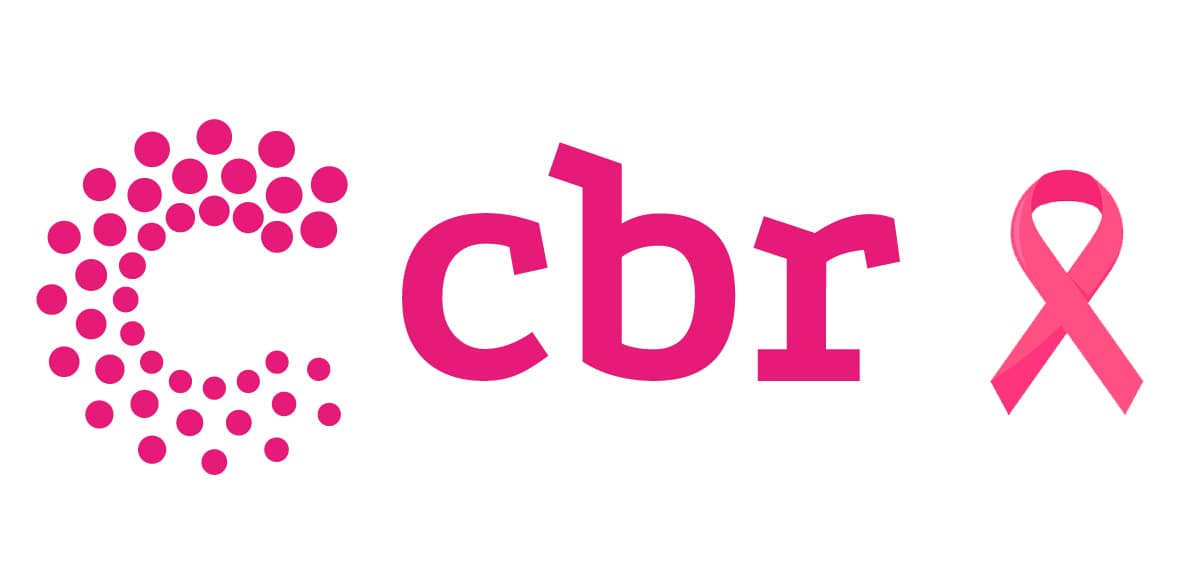Integration with ISQua's international principles and the inclusion of pillars such as sustainability, artificial intelligence, clinical governance and a specific standard for teleradiology are some of the new features
After ten years, the Brazilian College of Radiology and Diagnostic Imaging (CBR) presents Version 6 (V6) of its Program for Accreditation in Diagnostic Imaging (PADI) accreditation standards. The new version of the Standard, which will be in effect from 2026 to 2029, features structural improvements, greater objectivity in its criteria, and integration with the international principles of the International Society for Quality in Healthcare (ISQua). The official launch of the Standard took place during the 54th Brazilian Congress of Radiology and Diagnostic Imaging (CBR25) in Curitiba, Paraná.
Organized with a focus on the patient's journey, the standard includes specific criteria by modality and the safe patient and exam journey, bringing innovations such as the inclusion of specific criteria for Teleradiology, safety guidelines for remote control, the incorporation of Artificial Intelligence, the strengthening of clinical governance and a fair culture, in addition to the integration of socio-environmental sustainability aspects.
CBR President Dr. Rubens Chojniak emphasizes that since 2017, PADI has been certified by ISQua, the only international society that evaluates and certifies health accreditation bodies in the world in partnership with the World Health Organization (WHO).
"This recognition, renewed over the 33 years of CBR's quality certification programs, reaffirms that the quality and safety standards adopted by CBR are among the highest internationally. The launch of Version 6 of the PADI Standard represents another milestone in this journey," he states.
"This standard reflects important advances in the practice of radiology and diagnostic imaging, incorporates contributions from the scientific community and accredited services, and strengthens the Teleradiology section, keeping pace with the development and growing need for this modality throughout the country," says Chojniak.
According to the CBR president, the review and expansion of the PADI Standard reaffirms the CBR's commitment to promoting safety, quality and sustainability, ensuring the Brazilian population has access to exams and reports that support clinical conduct in an effective and safe manner.
PADI – It is the Diagnostic Imaging Accreditation Program, which nationally qualifies diagnostic imaging and teleradiology services, public or private, that voluntarily adhere to the program, through careful and impartial evaluations of compliance with minimum quality, safety and sustainability requirements.



